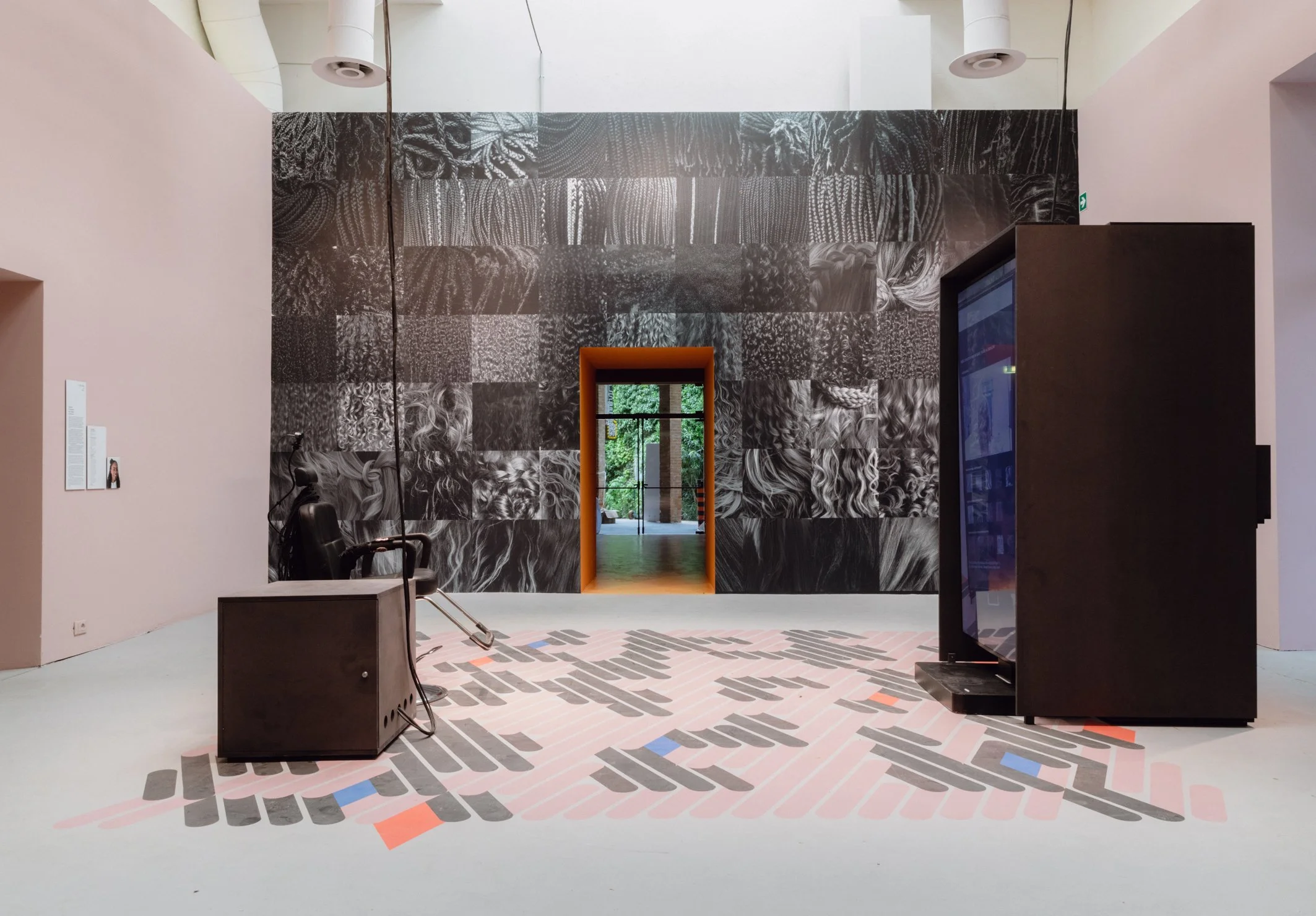Venice Architecture Biennale 2023
As we continue to explore the theme of International over the coming months we turn our attention to that age-old tradition of the annual, or in this case biennial, design fair (although exhibition, trade show, or event may be used depending on the organiser and overall tone of the thing). Regardless of the terminology, there has been a slow but steady increase in the number of such events over the past few decades, with more and more countries inviting exhibitors and visitors alike to visit their country with the promise of innovation and excitement for all things design and architecture. The Venice Architecture Biennale, which alternates with its sibling art fair, returned for its 18th showing this year, taking over various locations across the floating city from 20th May through to the 26th November. This year organisers from La Biennale di Venezia have chosen to frame the event under the banner The Laboratory for the Future, and with it, claim change is afoot. Indeed they go one step further by posing the exhibition as an “agent of change,” not least by focusing their attention on decolonisation and decarbonisation.
On the surface, the latter sounds antithetical to the very nature of an international event where guests are invited and indeed encouraged to travel to get there. Not to mention the city’s growing concerns regarding the number of tourists coming to visit. While there is a relatively strong case that design output requires a certain level of in-person experience in order to fully appreciate it - something that was arguably underlined by attempts of online events during the lockdowns - many visitors will still require a flight, or less convenient train travel in order to attend. And while the aviation industry is said to be taking measures to be more sustainable, it still makes up around 2.5% of global CO2 emissions, not to mention the water vapour, aerosols and nitrogen oxide released during flights.
With events covering music, theatre, cinema and dance, along with art and architecture, La Biennale di Venezia has good reason to try and face its impact on climate change head on and is said to be “promoting a more sustainable model for the design, installation and operation of all its events.” Working with the international standard PAS2060, they achieved carbon neutral certification from RINA for all of their events in 2023, largely but cutting emissions under its own control and by offsetting residual emissions by “purchasing certified carbon credits generated by renewable energy projects in India and Colombia.” Of course, that doesn’t include the emissions created by visitors, although they have made it their mission to offer simple suggestions for how to make a person impact, even when traveling. They include walking and using public transport to get to the show, not printing your ticket along with supplying a greater number of vegetarian food options at the event. For those who still want or need to fly and who may feel the shame of doing so (something the Swedes call flygskam) they suggest offsetting the carbon emissions. If one has already reduced their meat consumption, switched to an electric vehicle or renewable energy, for example, then they could also use the Woodland Trust Carbon Calculator and donate the amount suggested.
Chinese Pavilion
Overall the show is made up of a vast array of exhibitions, talks and events with some 64 national participations taking place in huge ancient venues dotted around the city alone. There’s a lot of information to take in - not least fro those who haven’t made the trip in person, but here are a few highlights organised in some of the standout themes found throughout the national spaces.
German Pavilion
Reuse / Repair / Maintenance
Germany: Open for Maintenance
Perhaps the most direct confrontation to the way trade fairs and exhibitions are organised, the German pavilion is made entirely from waste from the 2022 Art Biennale. They have also carried out various maintenance-style procedures on the existing infrastructure, revealing processes that would ordinarily remain hidden to the public.
Finnish Pavilion
Sanitation
Finland: Huussi - Imagining the Future History of Sanitation
Challenging an issue we know only too well in the UK in recent times, The Dry Collective present a contemporary dry toilet inspired by traditional Finnish sanitation solutions.
Danish Pavilion
Nature Based Solutions
Denmark: Coastal Imaginaries
In an age of human-based destruction this exhibition pushed us to imagine a future where we resynchronise with nature to produce food and materials as well as reducing CO2 and the risks of flooding, amongst other things.
Belgian Pavilion
Nature Based Solutions
Belgium: In Vivo
Riding the mycelium wave, the Belgium pavilion questions how we might break away from our reliance of finite resources and proposes an alliance with mushrooms.
Slovenian Pavilion
Energy Efficiency
Slovenia: +/- 1 °C: In Search of Well-Tempered Architecture
Drawing attention to the connection between contemporary architecture and ecology, the Slovenia exhibition utilises vernacular design methods to explore unique ways of dealing with energy, not least, heat.
USA Pavilion
Plastic
USA: Everlasting Plastics
Examining the legacy of their own invention, this pavilion explores the once revolutionary material, plastic. Playful sculptural forms and largesacel installations explore how the material both shapes and erodes contemporary ecologies, economies, and the built environment.
USA
And what of the shows other leading theme, decolonisation? The shows curator, Lesley Lokko explains the process behind their thinking, which also considered whether such an event can justify itself in the first place, and has ultimately lead to over half of the shows 89 participants being from Africa or the African Disapora.
“Over the past nine months, in hundreds of conversations, text messages, Zoom calls and meetings the question of whether exhibitions of this scale - both in terms of carbon and cost - are justified, has surfaced time and again.
An architecture exhibition is both a moment and a process. It borrows its structure and format from art exhibitions, but it differs from art in critical ways which often go unnoticed. Aside from the desire to tell a story, questions of production, resources and representation are central to the way an architecture exhibition comes into the world, yet are rarely acknowledged or discussed.
For the first time ever, the spotlight has fallen on Africa and the African Diaspora, that fluid and enmeshed culture of people of African descent that now straddles the globe.”
Adjaye Associates
Away from the national pavilions the Force Majeure, Dangerous Liaisons and Guests of Our Future exhibitions do indeed shine a spotlight on African and Diasporic architectural production from practitioners of all ages and career stages including the likes of Adjaye Associates, SOFTLAB@PSU, Ibrahim Mahama, Studio Sean Canty, and Thandi Loewenson.
SOFTLAB
As Lokko positively states, “Those gathered represent a fraction of the exploding community of African and African Diaspora practitioners who are redefining the term ‘practice’ in ways that could not have been imagined a decade ago.” Long may the spotlight shine and the debate surrounding how best to navigate trade shows and exhibitions from a sustainable perspective continue.
Ibrahim Mahama
This article was originally published by Design Insider












